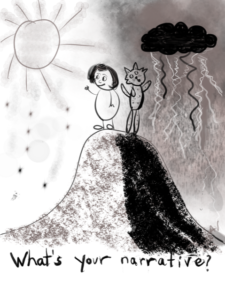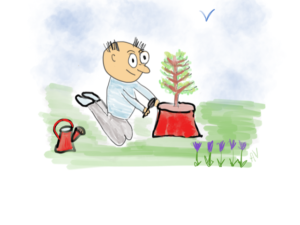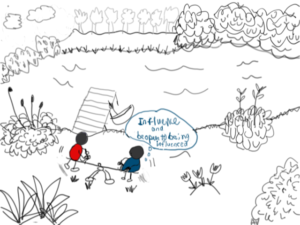
“If you want to go fast, go alone. If you want to go far, go together.”—African Proverb
Two organizations merged and Maggie became the leader of a critical function. Some of the managers from the other organization who now worked under her mostly ignored her. While she asked to be kept up to date about team progress, she continued to learn about things that she felt she should have been made aware. She felt disrespected and began to speak negatively about the long-time managers.
I was asked to facilitate a team dialogue session. As part of the process, I spoke with each of the leaders and their teams. As I heard the different perspectives, I could see that team members were operating with very different assumptions based on their experiences and they were not aligned. They disagreed on where resources should be focused and how things should be done.
When I spoke with the managers and others in the function, they shared that they felt the leader was disrespectful. Her negative comments were relayed to them and they felt she did not understand the business.
The sense of disrespect and disdain spread to those who reported to the leader and managers. The team atmosphere was negative and people felt unmotivated and uncertain about the future. The leader identified whom she felt should be let go. At the same time, the managers were campaigning against the new leader.
While this dynamic persisted much was being asked of this function that was critical to the success of the entire organization.
A big challenge for this team, and many I coach, is that there were no real engaging conversations. At a retreat, I created a safe and positive environment to enable all involved to respectfully hear the varied perspectives. Naturally, given their different backgrounds and assumptions, team members were not aligned. Once we showed people how to assume positive intent and be open and curious, they were able to view the multiple perspectives without making each other wrong and being defensive. They were able to understand the current situation and what was needed. By then shifting to what was possible, the team was able to create a shared compelling vision. Alignment on a shared direction, goals and agreements made a tremendous difference. We identified synergies and designed a concrete plan with accountabilities for success.
In addition to creating an action plan to move forward, the team members felt more connected as a team and trust was enhanced.
The power of positive and open-minded conversations for any team cannot be overestimated. This team was able to move forward together and actually enjoy working together. So much energy was saved and mobilized for positive results.
A retreat or team dialogue workshop offers the opportunity for impactful conversations that enable alignment around a shared vision, mutual understanding on roles and responsibilities, clarity around processes and appreciation of strengths and solid agreements. Transformational change involves meaningful conversations that result in shifted mindsets and new behaviors.
Engage your team in open-minded dialogue to create a positive and productive climate with unparalleled results. You won’t believe the difference.
A colleague and I are offering a workshop on how strategic use of a leadership retreat can launch transformational change for your department, business or organization and your career in Chicago on June 25th. Register for the workshop here. We are also offering an information about the retreat to be offered on June 12th. Register for the webinar here.









